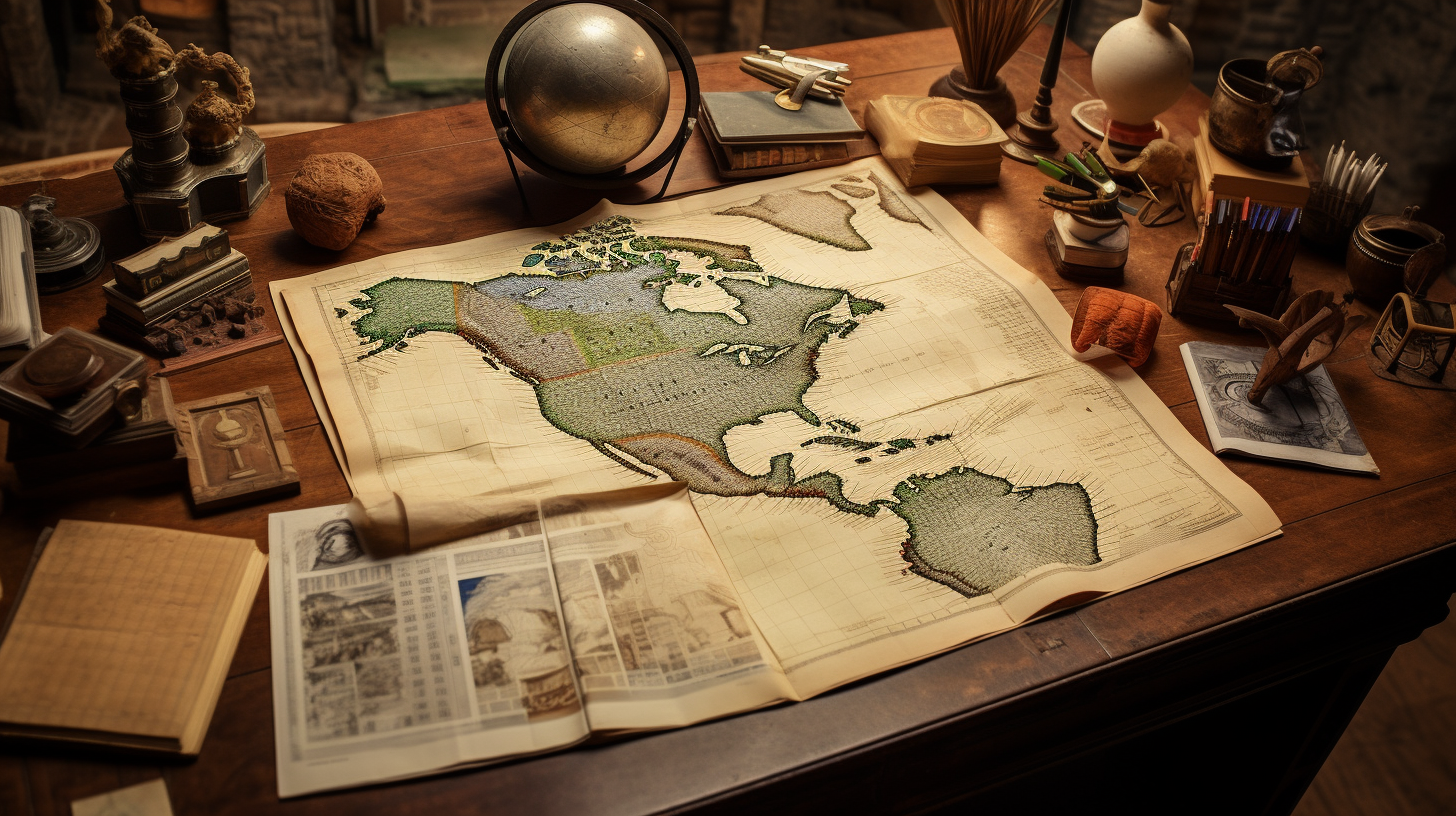
Articles

Mexican States
Southwest United States
Heritage and Governance
The History of the Náhuatl Language: From Aztlán to the Present Day
The Uto-Aztecan Language Group includes a wide range of languages, stretching from Idaho and Montana all the way down to El Salvador in Central America. The Náhuatl language of the Aztecs represents only a small — but significant — part of this linguistic group.
Mexico’s 1921 Census: A Unique Perspective
In the aftermath of the Mexican revolution, Mexico’s Departamento de la Estadística Nacional administered a census that would be unique among Mexico’s census counts administered between 1895 and 2005. In this new census, the Mexican Government decided to ask Mexicans about their perception of their own racial heritage. In the 1921 census, residents of the Mexican Republic were asked if they fell into one of the following categories:
Mexico’s Indigenous Identity in the 2015 Intercensal Survey
In 2016, the Mexican government agency, Instituto Nacional de Estadística Geografía e Informática (INEGI), published the 2015 Intercensal Survey, which upgraded Mexico’s socio-demographic information to the midpoint between the 2010 census and the census to be carried out in 2020. With a sample size of over 6 million homes, this survey provides information on the national, state and municipio level, as of March 15th, 2015.
The Náhuatl Language of Mexico: From Aztlán to the Present Day
Across the 761,606 square miles (1,972,550 square kilometers) that comprise Mexico you can find a great variety of landscapes and climates. While mountains and plateaus cover more than two-thirds of her landmass, the rest of Mexico’s environment is made up of deserts, tropical forests, and fertile valleys. Mexico’s many mountain ranges tend to split the country into countless smaller valleys, each forming a world of its own. Over the last few thousand years, this has been a factor in the differentiation of a wide range of indigenous Mexican languages.
Dual Identity: The Indigenous Peoples Who Occupy the U.S.-Mexico Borderlands
This presentation discusses the native groups that occupied the regions adjacent to and on both sides of the U.S.-Mexico border over the last three centuries. While some of these tribes are well-known to us today (i.e., the Yaquis, Tohono O'odham, Kumeyaay, Cocopah, etc.), tribal groups that have disappeared as distinguishable cultural entities (i.e., Carrizos, Mansos, Jocome, Coahuiltecans, etc.) will also be discussed. In addition to the history of those tribes, we will explore the current status of the tribal communities that still exist today.
Los Fundadores: Finding Your Spanish Ancestors in México
The following presentation offers suggestions for tracing your Mexican ancestors back to Spain or Portugal. Although we offer research suggestions and show the reader resources to locate ancestors from the Iberian Peninsula, it is important to state the following:
Speakers of Foreign Languages in Mexico (1910-1950)
It has been a well-established fact that the long-lived dictatorship of General Porfirio Díaz (1876 — 1911) ushered in an era of significant Mexican immigration. During the Porfiriato, the Mexican government sponsored the influx of foreign capital and immigrants as an essential ingredient to its nation building strategy.

Article Categories
- Aguascalientes 9
- Arizona 2
- Baja California 4
- Baja California Sur 2
- California 14
- Campeche 4
- Census 32
- Chiapas 3
- Chihuahua 10
- Coahuila 7
- Colima 2
- Durango 2
- Ethnic Identity 27
- Genealogy 30
- Guanajuato 7
- Guerrero 7
- Hidalgo 2
- Jalisco 20
- Mexico City 9
- Michoacan 5
- Morelos 4
- Nayarit 3
- New Mexico 3
- Nuevo Leon 7
- Oaxaca 4
- Politics 8
- Puebla 5
- Queretaro 1
- Quintana Roo 4
- San Luis Potosi 8
- Sinaloa 5
- Sonora 13
- Southwest US 21
- State of Mexico 5
- Tabasco 3
- Tamaulipas 11
- Texas 6
- Tlaxcala 6
- Veracruz 6
- Yucatan 5
- Zacatecas 11








